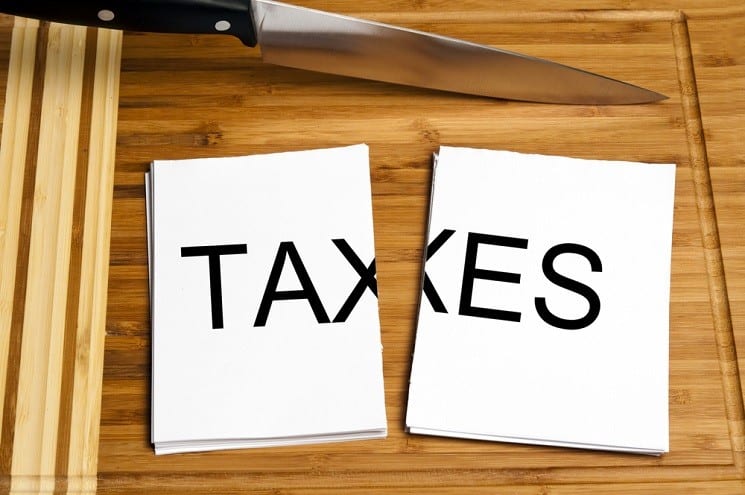Cutting Your Taxes By 30% Or More

Despite repeated IRS attacks, the family limited partnership still provides substantial tax savings. The IRS hates FLPs because you retain a lot of control over the assets. But the IRS has trouble winning court cases.
Numerous court cases now give fairly clear rules for using this flexible tool to greatly increase the after-tax wealth left to your heirs. Meanwhile, you get to keep most of the control over the assets.
Here’s how the FLP works. You form a limited partnership with you (or you and your spouse) as general partners owning 1% of the value. The general partner decides whether assets are bought or sold, when distributions are made, and other key issues. Then you transfer assets into the FLP in exchange for the limited partnership interests, which own 99% of the FLP.
Next, start transferring limited partnership interests to your children. You can give enough each year to qualify for the annual tax-free exclusion. Or you can give in a lump sum, using your lifetime estate and gift tax exemption and paying gift taxes on the excess. Some people require their children to buy at least some of the partnership interests over time. The point is to get most of the value of the assets and future appreciation out of your estate.
The key to success is that using the FLP lets you discount the value of the partnership interests when determining the gift tax. A $100,000 gift can become a $70,000 or even a $50,000 gift, drastically cutting your gift taxes.
There are two reasons for the discount. The first is known as the minority discount. The general partner controls most major decisions, and each limited partner owns less than a controlling interest in the FLP. So a non-controlling interest has less value than a controlling interest. The second reason is the marketability discount. There isn’t a ready market for the limited partnership interest. It can take months or even years to sell an interest. Then the buyer will demand a discount and perhaps require financing. These disadvantages are figured into the valuation of the partnership interest.
You can see why the IRS doesn’t like FLPs. You, the original owner, can put a business into an FLP, run it virtually unimpaired, and transfer a majority of the business’s value to the next generation at a substantial discount to the current market value of the business. The courts generally have supported the tax results of using an FLP. Thanks to the IRS challenges, there are enough court cases that we know the rules for successful use of an FLP. Follow these rules carefully.
Start early. The IRS likes to attack estate planning strategies that were set up shortly before death, especially if the death was expected due to illness. The courts sometimes support the IRS on these deathbed plans.
Use experts. It can cost $10,000 or more to have an experienced estate planner set up an FLP. Don’t try to save the expense by attending a seminar and using fill-in-the-blank forms. You have to get every little detail right to get the FLP past the IRS and the courts. The property and partnership interests have to be transferred properly. Valuation of the partnership interests is key. You need a qualified appraiser (or two) determining the value and documenting the reasons for the discount.
Keep business and personal expenses separate. Don’t pay personal expenses with the FLP checkbook or credit cards. The IRS then will ignore the partnership as a sham. Don’t put your home in the FLP. To survive a challenge, the FLP must have a business purpose beyond tax reduction, and putting a home in an FLP doesn’t pass the test.
Some advisers aren’t comfortable putting only a securities portfolio in an FLP. They insist that the FLP can be used only for an operating business or rental real estate. Put others favor putting securities in an FLP and say they have gotten FLPs with only securities through audits.
Don’t mix with other vehicles. Be careful about combining the FLP with either an offshore trust or a charity. That gets the IRS geared up. Also, don’t combine the FLP with an IRA. That can automatically terminate the IRA or at least cause the IRA to be taxable on FLP income.
The FLP can generate substantial estate and gift tax discounts for a relatively small set up expense. But you must operate the FLP properly and follow the rules carefully. If you get sloppy or don’t have good advice, the IRS won’t allow your discounts.
![]()





